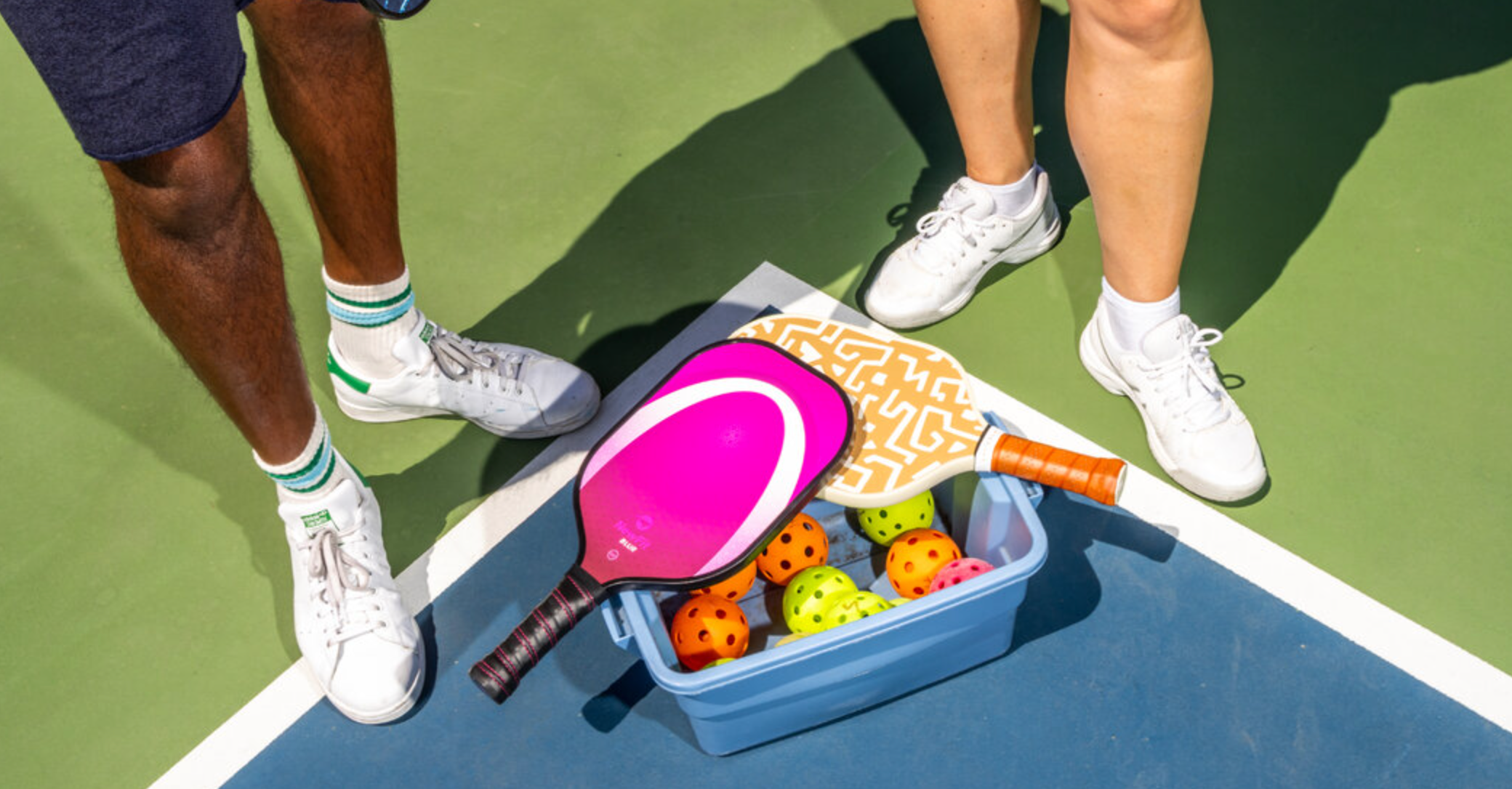You’re all fun and games until you strain your Achilles’ tendon, herniate a disc, or do a face-plant in the kitchen.
The 50-year-old made a quick lunge for the ball during a recent pickleball match. Nadaraja, an entrepreneur in Northern California, felt his feet tangle and he began to fall “in slow motion.” He still believed he could brace himself with his knees and make a play with his paddle.
Unfortunately, no. He said, “I face-planted.”.
Although his wife (and doubles opponent) thought he should have rested, Mr. Nadaraja played through the pain. “I did need antibiotics,” he admitted.
It was a wound resulting from a national sensation that shares a name with a snack or sandwich topping, but is proving to be more hazardous than advertised. With middle-aged players migrating from tennis or starting fresh with an easy-to-learn sport, the aches are defying the game’s low-impact reputation.

Even before the pandemic, pickleball injuries were on the rise. Approximately 19,000 pickleball injuries were reported in 2017, with 90 percent of them affecting people over 50, according to a study published in the Journal of Emergency Medicine in 2019.
A whiffle-ball-like sphere is hit with a paddle over a net in pickleball, which is part Ping-Pong, tennis, badminton and chess. It is typically played as a doubles game on a small court like a mini tennis court and requires little running. There’s even a small area near the net called the Kitchen. Is there anything that could go wrong?
Noe Sariban, a pickleball instructor, former pro player and physical therapist who markets himself as “the Pickleball Doctor,” says Achilles’ strains, shoulder problems, rotator cuff injuries, and muscle strains. In addition, there’s lateral epicondylitis, also known as tennis elbow, now known as pickleball elbow.
“Pickleball sounds like a silly game, but it’s actually a sport,” Mr. Sariban said. “This isn’t bocce ball.”
According to an analysis of emergency room visits related to pickleball published last year in Injury Epidemiology, injuries “grew rapidly” from 2010 to 2019. The study found that 85 percent of the visits were made by players over 60. Among the most common injuries were sprains, strains, and fractures.
By 2018, emergency-room visits related to pickleball equaled those related to tennis among people 60 and older. The average age of pickleball players is 38, but half are 55 and older, according to USA Pickleball, the sport’s governing body. It is more common for older bodies to have existing strains that are easily amplified than younger ones.
“Tripping is the most common cause,” said according to source, a hand and upper-extremity surgeon at the University of Colorado.
Lastly, there’s the kitchen. There is a seven-foot strip in front of both nets known as the nonvolley zone. When a ball heads into the Kitchen, a player might bend forward to return a “dink,” a cunning shot that hops over the net and lands in a player’s Kitchen. Pickleball courts are 44 feet long and 20 feet wide.
Sariban has first-hand experience with the risks. He was in a small pro pickleball tournament in January 2018 – perfect Southern California day, $200 gift certificate for the winner – when he found himself at the edge of the Kitchen.
I’m reaching to hit a routine rolling volley that I’ve hit a million times,” he said. Upon hitting the ball, he felt his back lock up, and he said, “Uh-oh.” Within minutes, he had to lie down on the court. In the car, he said, “my wife had to swing my legs into the passenger well because I could barely walk.” Two discs had herniated. He thought he would never be able to play sports again in his life.
As a result, Mr. Sariban has become conscientious about stretching, and he teaches players at his clinics to do the same, including warming up without a paddle. “I find it amazing that no one warms up,” he said. I have taught in many states, and it is the same everywhere.
Sariban and other pickleball experts note that the perceived risk of injury is lower than in other sports. According to Debbie Landa, a tech entrepreneur in her early 50s in San Francisco, the risks should not discourage participation. During the pandemic, Ms. Landa took up pickleball; she now plays five days a week. One of her mentors was an 82-year-old woman in Palm Springs who “motivated me every day.”
The pickleball afflictions Landa has experienced – pickleball elbow, sore hips – are part of the sport. Those nasty players who “get too aggressive and angry” are the real pain, she said.
“I tell them: ‘You need to loosen up. You’re playing pickleball! It’s a game called pickleball!” she said.
